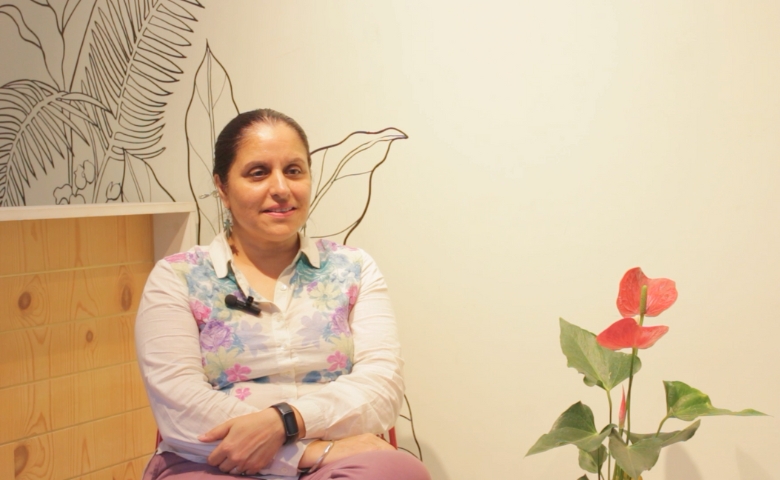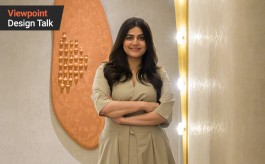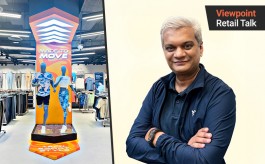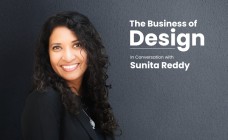‘Let’s not look at ROI from a scarcity mindset’
By N Jayalakshmi | May 30, 2024
In this free-wheeling conversation, part of our ‘Business of Design’ series, Juhi Santani, Principal Designer & Founding Partner, Retale Design Solutions, tells Retail4Growth why ROI in the context of store design needs to be redefined, why brands actually need retail consultants, not just designers, and more…

Juhi, there is a general feeling that there is greater pressure on retail designers today to deliver ROI for their retail clients. What do you think?
I’d first want to look at the very definition of ROI. I feel that a lot of times ROI is looked at in a very unidimensional way and brands often use it as a tool to bring down costs. But ROI is actually about getting more business for what has been done. So, let's not look at ROI with a scarcity mindset, instead let’s look at it with an abundance mindset. The fact is that the more a brand invests in understanding their target customers, their aspirations, and the kind of store environment that can be created, greater will be their business generated. Some are open to these perspectives, but they are few. Very often, while they discuss these internally, when it comes to their design consultants, it becomes a negotiation, which I feel defeats the purpose. I’d say as much as possible, look for consultants with whom you have a relationship of trust and with whom you can be upfront about your challenges. I do completely understand that the focus should be on making a store profitable, but it has to be seen in the light of a broader context.
Do you see retailers coming with new matrices for measuring their store performance? Or having new parameters by which they can judge their store experience/design?
Not really, the discussion is still around the amount of display per square foot. Essentially, the challenge lies in managing the store size and the corresponding cost, the amount of merchandise that can be displayed there and the business expected. Today a lot of retail brands do understand this, and accordingly their expectations are also much more clearly defined.
Do you also feel more brands are seeing the value of store design and therefore spending more on it?
Well, it takes all kinds. There are brands who have seen the value and want to spend more, and there many others who are stuck on rates. COVID gave many a reason to renegotiate on rates. But the fact is that COVID is over now and they are still stuck on negotiating on rates the same manner. It’s old economy thinking – that the only way to bring down profitability is to keep cutting down your expenses. But things are changing now and getting better because there’s a newer generation of entrepreneurs who are more open and realistic in their approach, and I think it’s also a rub off from the fact that there are many start-ups who are more rational about what they should be paying for.
Is that one of the reasons you work with a lot of brands in the food category today?
Yes, food is a good category to work with, not only because there are newer players coming in there, but also because it’s category where there’s greater scope for us to make meaningful contribution. Our job as consultants is to take care of the entire space, not just design – right from the HVAC and other utilities, to the aesthetics - and it helps to work with clients who understand that, because one cannot compromise on these aspects.
That also brings up the point of retail designers versus retail consultants, right? Do you think there’s need for more retail consultants, rather than just designers in the industry?
Yes, today the words are used interchangeably, which is probably not right. What usually happens is that one starts by being a retail designer, and then evolves to becoming a retail consultant. Some of us have been doing it for so long that we have absorbed a lot of knowledge, which goes way beyond design. In fact, we have people coming to us, asking us about starting a retail business. We are not an authority, but we've been in the game long enough to know some things. It’s about being cued into how people buy, not just about how a space is designed. I think every brand is essentially looking for a consultant, but they may not know it and may even wonder why they should be paying a certain amount of fee. What they don’t realise is that they are actually paying a consultation fee. After all, if they are going to a firm, it means they already have some expectations in terms of what they can deliver.
Do you find traditional retailers, those in tier 2-3 markets, more open in that sense?
Yes, traditional retailers are seeing what the larger/corporate retail houses are doing and want to offer the same to their customers who also expect more from them. They want to redefine their stores because the customers are redefining themselves. So they are modernising, trying to learn more about retail technologies, and getting these latest technologies so they can move to the next level. And mind you, they have the money and the business model for it. Even if they have lesser number of stores, they make sure those are profitable stores.
Coming back to the industry, what do you think will drive the Indian retail design industry forward?
I feel that we as designers must first stand up for ourselves and set down very clear parameters. That will help change things and define value for something that is creative and cannot be measured.
Finally, is there a wish list that you as a retail designer have?
First, I wish there could be better balance between volumes and creative satisfaction – do more of projects where we can define the design identity of a brand. Secondly, I do wish to have better processes in place and we are already working towards that. Finally, I wish we were doing more projects for Indian brands outside India. We are already doing some, but it would be very exciting to do more of these.




_140_270.jpg)

_140_270.jpg)


Comments